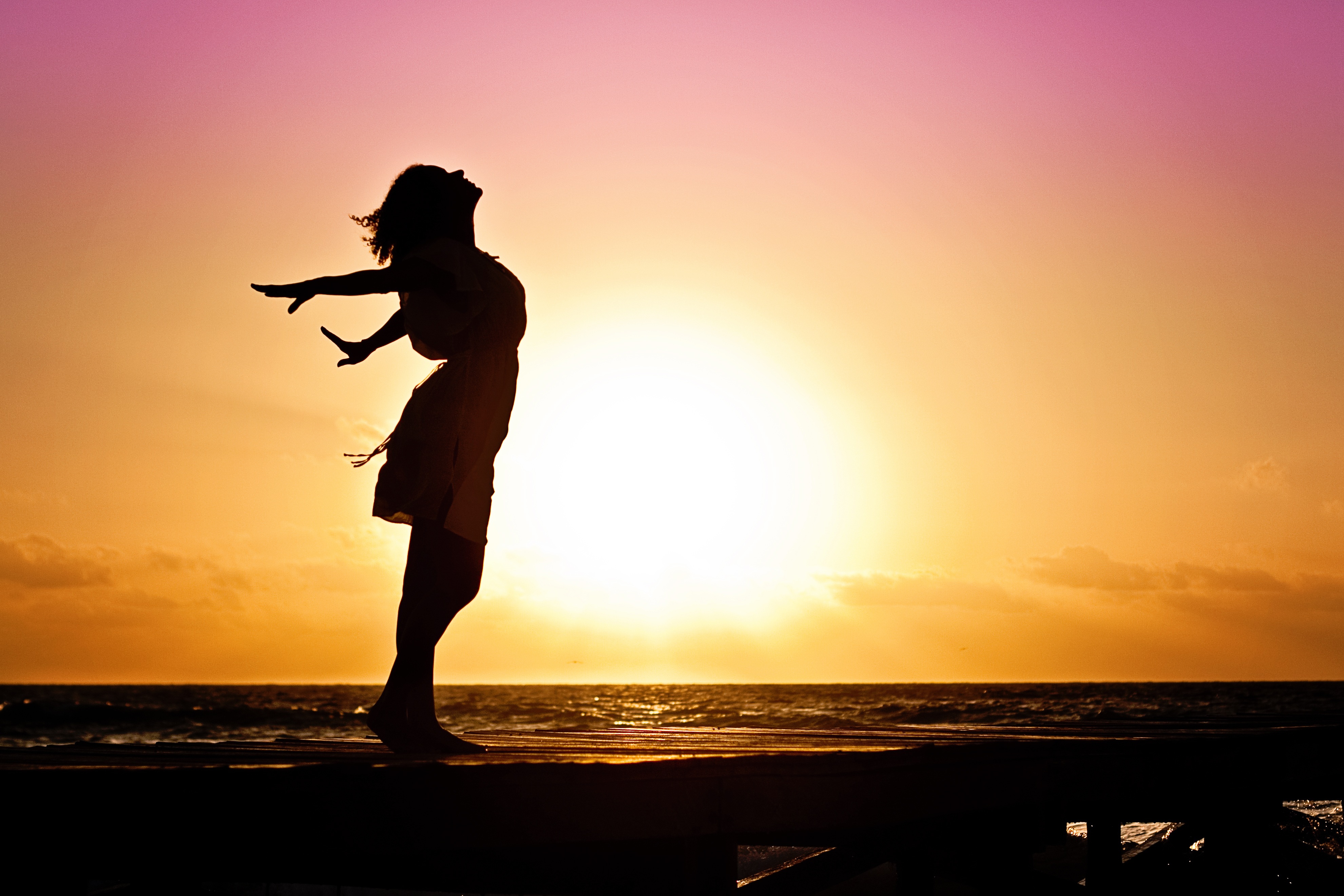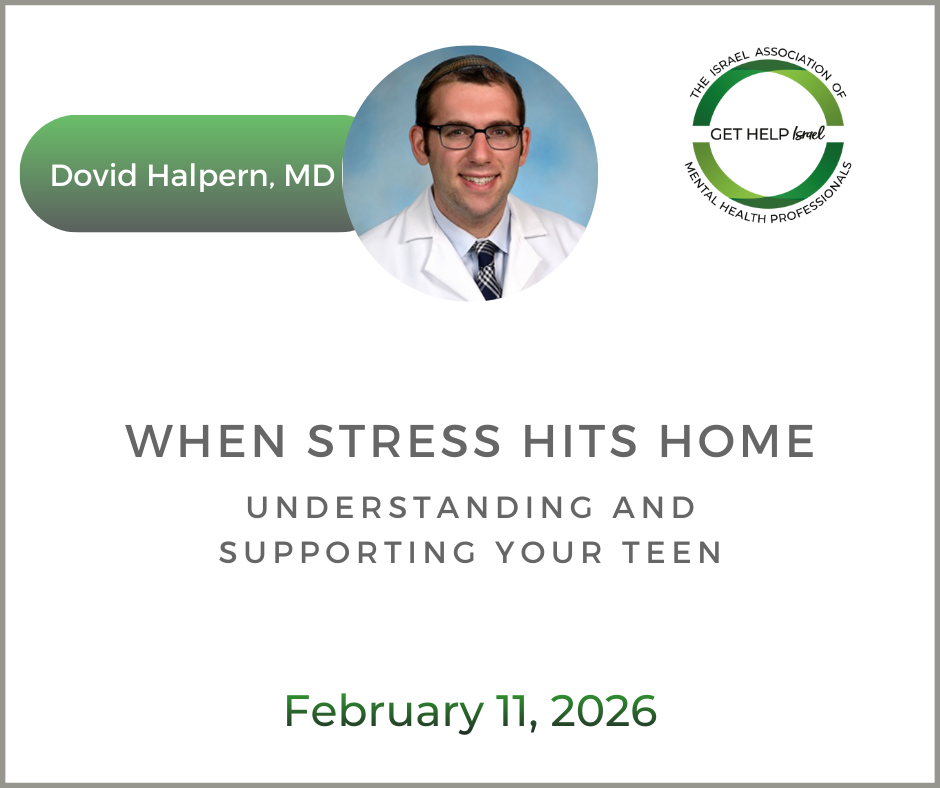To Be Mindful Or Not To Be

I recently read an article on a popular news site on the hazards of mindfulness, or “thought-policing,” as the author put it. Her reasoning was that sometimes the present moment is boring, painful, or needs an alteration — not mindfulness. I was surprised by her apparent misunderstanding of mindfulness practice, its uses, and benefits. Finally, toward the end, she brought a research citation comparing mindfulness to any condition “that gives equal time and attention to the person.”
Ah, yes. Equal time and attention.
Well, not any condition, but many conditions. Mindfulness is a tool. When practiced, it is a resource to draw upon. There are numerous tools and resources available to each of us at any given moment. Ideally, as children we develop, and are encouraged to enhance our resources and are guided in maximizing their usefulness.
The dilemma many find themselves in is that they aren’t familiar with their resources. Stressors feel debilitating. Thoughts race, feelings overwhelm, behaviors seem to come unbidden, the actors barely aware of how they chose what they chose. Those who struggle to find joyful living often have not had the opportunity to strengthen their inner voice of balance and wisdom. It is a practice to undertake.
So, I encourage mindfulness. I invite my clients to be mindful: to attend, without judgment, to the present moment. I invite them to attend to their breathing, without needing to change or alter it, without judgment. I invite them to practice it throughout their week. I invite them to notice themselves, and use that awareness to inform their next move.
I also invite my clients into a host of other resources and tools for joyful living, each of which we notice (mindfully) how they are useful, and when. Exercise, social activities, sensory stimulation, scents, netflix, dating apps, journaling, music, creative endeavors, expressing feelings, taking assertive action.
In all of these, however, is the tremendous value of tuning inwards, being mindful, checking in with oneself – to enhance good feelings, or take information from uncomfortable ones. Sometimes, what is right now is overwhelming – and that is OK. I may need to step back, let myself distract myself. When the now is unpleasant (can I accept the discomfort of unpleasant?), I can choose to get out of it. I talk on the phone a lot when I clean raw chickens or have boring housework to do. I prefer to be unmindful when pulling soggy cloggy hair out of the drain. Blech.
This ability to distract oneself, even to mentally leave the here-and-now, is also a resource. The power of the mind to detach is invaluable for moving through uncomfortable and even severely painful life experiences. While severe dissociation from present reality – when reality is harmless – is an issue to contend with, the ability to do so, especially at-will, is exceptional. In fact, I teach my clients to do so. We develop and enhance the ability to use vivid imagination to “leave” the present, to soothe the nervous system, and then to “come back.”
It was quite an achievement, actually, when a woman related to me her success at leaving the here-and-now while undergoing a certain gynecological procedure. Being mindful of the doctor’s tools, the intensely uncomfortable, even painful, sensations, made her tense, fearful of progressive pain, and quite simply, overly stressed. Instead, she remembered the calm place she had developed for herself. She chose to go there. It was a place she could go to in her mind, at will. It was a place of vivid imagination. There, she could see, smell, feel, and hear things that were soothing.
And then, the procedure was over.
The doctor even proclaimed his surprise at how quickly it went, due to her relaxed muscles. Due to her power to detach, distract, and go out of the present moment reality.
This is a skill. As is the ability to be mindful, to be present to what is, and then proceed with choice. I believe in practicing mindfulness. That is, taking moments throughout my day: short or long, to slow down and tune in. Sometimes that may be noticing what I’m doing (not when I’m pulling hair from the drain), sometimes it may be attending to my breath, or perhaps where my body is tight, holding, tense — and without judgment, making a choice as to what next right step is for me. Often, I may choose action. Actions that will build a happier, more self-respecting life. When I am mindful, I am self-informed. In this, there is power, and there is joy.



